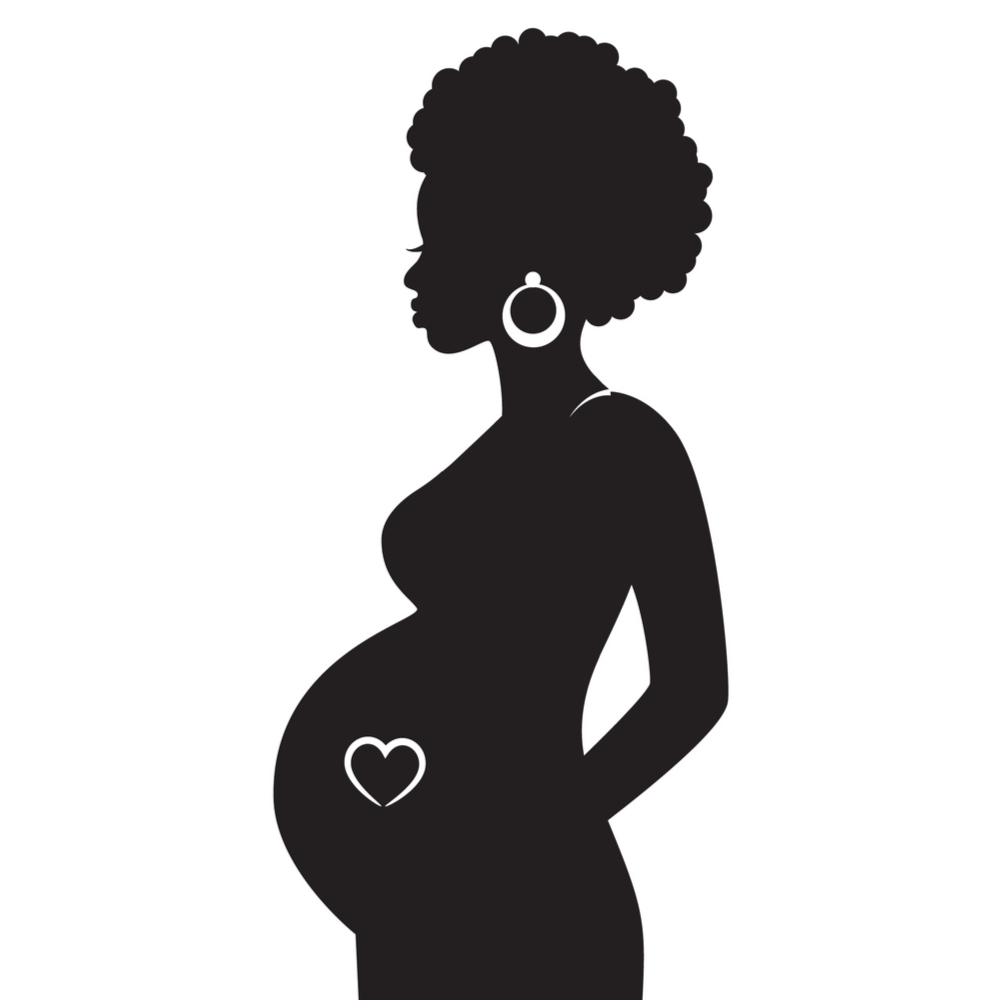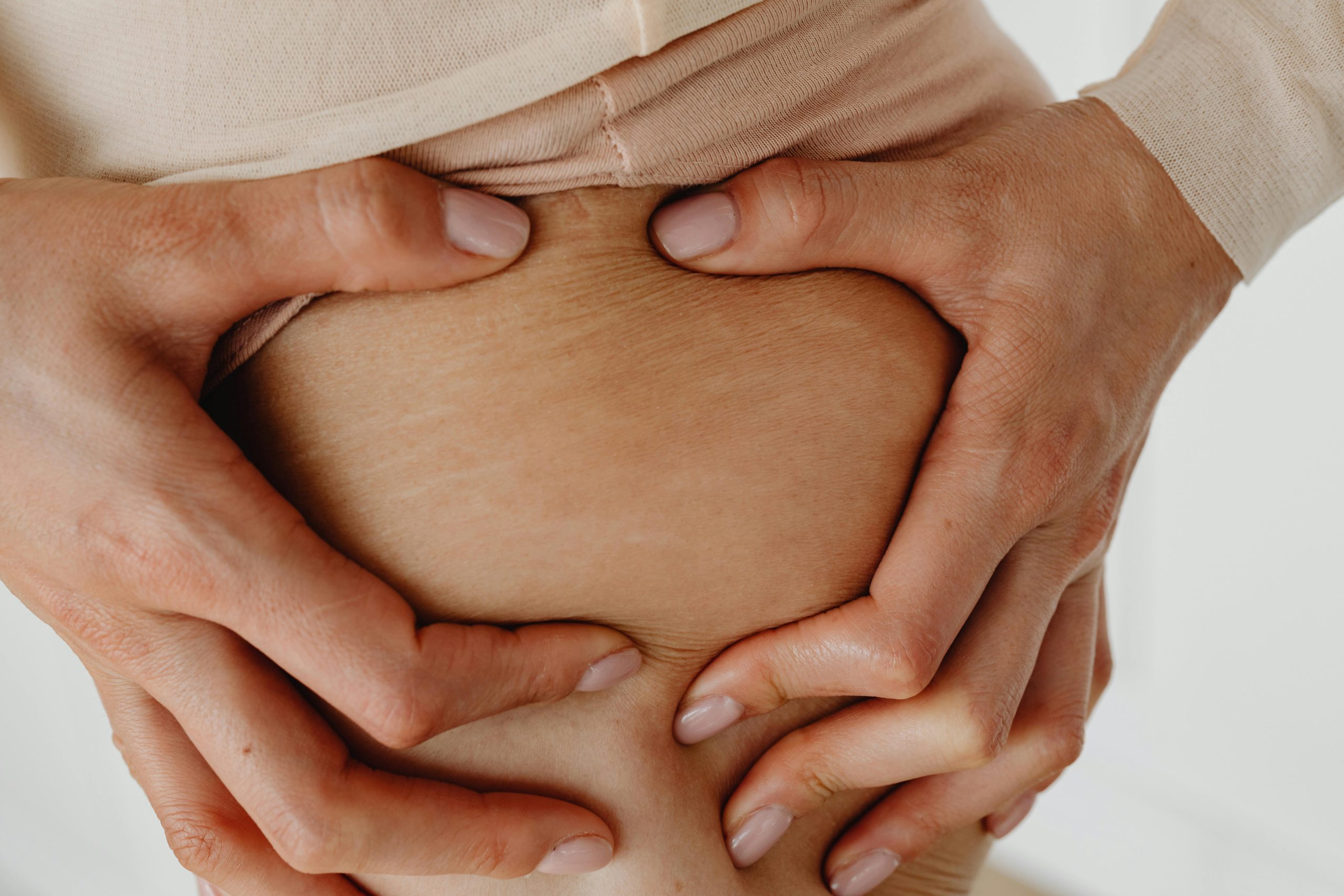How To Manage Stretch Marks During Pregnancy

A creative writer with a voracious appetite for fashion, beauty,…
P
regnancy is a thing of joy until the not-so-pleasant effects start to kick in. Morning sickness does its own bidding, and then stretch marks strut in without a rethink. Stretch marks during pregnancy are something we’ve all come to expect, but that doesn’t mean they make our lives easier. As if the surprising transformations aren’t enough, dealing with unnecessary stereotypes continues to pile up. It can be harmful when we embrace unrealistic beauty standards with regards to stretch marks.
Imagine housing and grooming a whole human being, and someone whispers that your stretch marks are due to poor self-care. This stereotype suggests that women who develop stretch marks during pregnancy haven’t taken proper care of their bodies. In reality, genetics, hormonal factors, and the natural stretching of the skin during pregnancy play significant roles in the development of stretch marks, regardless of self-care practices.
Here are some stereotypes that make stretch marks during pregnancy feel worse…

There is a pervasive societal belief that stretch marks are unattractive or undesirable. This stereotype can lead to feelings of shame or insecurity among pregnant women who develop it. In truth, stretch marks are a natural part of many people’s bodies and do not diminish their worth or beauty.
There’s also a belief that only overweight or unhealthy individuals get stretch marks. When, in reality, stretch marks can affect people of all body types, including those who are otherwise fit and healthy. While some stretch marks may fade over time, they often do not disappear completely. This misconception can create unrealistic expectations and lead to disappointment when stretch marks persist post-pregnancy.
While the abdomen is a common area for stretch marks to develop during pregnancy, they can also appear on the breasts, hips, thighs, and buttocks. Ignoring the possibility of stretch marks in other areas perpetuates a limited understanding of their occurrence. Challenging these stereotypes is important for promoting body positivity and acceptance during pregnancy and beyond.
What causes stretch marks during pregnancy?

- Stretch marks during pregnancy occur due to the stretching and pulling of the skin as the body grows to accommodate the developing baby. Pregnancy often leads to significant weight gain, which can stretch the skin beyond its natural capacity.
- Hormonal fluctuations during pregnancy can affect the skin’s elasticity, making it more prone to stretching.
- A family history of stretch marks can predispose individuals to develop them during pregnancy.
- Cortisone, a hormone produced by the adrenal glands, can weaken the skin’s elasticity, making it more susceptible to stretching.
- Women carrying multiple babies are at higher risk of developing stretch marks due to the increased strain on the skin.
- Certain ethnicities have a higher tendency to develop stretch marks, although the exact reasons are not fully understood.
While these factors contribute to the formation of stretch marks during pregnancy, they can vary from person to person.
Prevention

The following are trusted ways to prevent stretch marks during pregnancy:
- Drink plenty of water to keep your skin hydrated from within.
- Apply moisturizers or oils rich in vitamins E and C to keep your skin supple and elastic.
- Eat a balanced diet rich in vitamins and minerals to support skin health.
- Aim for a gradual and healthy weight gain during pregnancy to minimize stretching of the skin.
- Also, exfoliate your skin regularly to remove dead skin cells and promote cell turnover.
- Opt for supportive maternity clothing to reduce friction and pressure on the skin.
- Engage in regular exercise to improve circulation and maintain overall skin health.
While these tips can help minimize the risk of stretch marks, it’s important to remember that genetics and hormonal factors also play a role.
Some products contain ingredients like hyaluronic acid, retinoids, or peptides, which may help minimize the appearance of stretch marks. You can also consult a dermatologist or healthcare provider for options such as laser therapy or microdermabrasion for more severe cases.
Featured image: SuslO/iStock
For the latest in fashion, lifestyle, and culture, follow us on Instagram @StyleRave_
All rights reserved. This material, and other digital content on this website, may not be reproduced, published, broadcasted, cached, rewritten, or redistributed in whole or in part without prior express written permission from STYLE RAVE. Use of and/or registration on any portion of this site constitutes acceptance of our Terms & Conditions and Privacy Policy.
—Read also
A creative writer with a voracious appetite for fashion, beauty, lifestyle and culture. As one who's passionate about the advancement of the woman, creating content that inspire smart style and living, and positive lifestyle changes is a calling I take seriously. At Style Rave, we aim to inspire our readers by providing engaging content to not just entertain but to inform and empower you as you ASPIRE to become more stylish, live smarter and be healthier. Follow us on Instagram @StyleRave_ ♥



